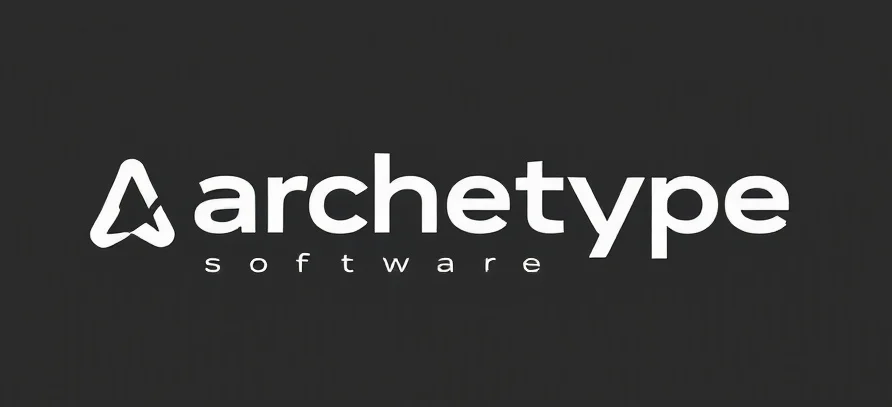The Tale of the ‘Bigger Dog’: When Size Matters in Software Development
Imagine you’re walking into a bustling city park, and suddenly, a massive dog bounds toward you—its size commands attention, and its presence shifts the entire dynamic of the scene. That’s pretty much what happens in the world of software development when teams decide it’s time to bring in a bigger dog.
This isn’t just a story about adding more code or throwing hardware at a problem. It’s about understanding how scaling impacts your entire system, your team, and your users. It’s about the thrill and the challenge of making a software “bigger dog”—more capable, more robust, and more resilient—without losing the agility that made it special in the first place. Think of it as a narrative of growth, adaptation, and the balancing act between size and speed.Why Consider a Bigger Dog?
In the tech world, teams often reach a point where their current tools or infrastructure start feeling cramped. Maybe your app’s user base has exploded, or perhaps your system’s complexity has ballooned beyond what your current setup was designed to handle. That’s the moment many developers start dreaming of a bigger dog.
But why? The answer is as simple as it is profound: larger systems can handle more data, more users, and more complex operations. They can provide better reliability and security, and they often open doors to new features that were previously out of reach. Like a bigger dog in a park, they command respect and can take on challenges that smaller counterparts simply can’t manage. However, just like with a pet, scaling up isn’t without its pitfalls. It’s a delicate dance—scale too quickly, and you risk losing the agility that made your system efficient; slow down, and you might miss opportunities to grow.The Challenges of Scaling Up
Complexity and Maintenance
One of the first hurdles is complexity. As systems grow, their architecture becomes more intricate. What was once a simple monolithic app might evolve into a sprawling network of microservices. While microservices offer flexibility, they also bring orchestration challenges, inter-service communication issues, and a need for more sophisticated monitoring.
Performance and Latency
bigger systems often face performance bottlenecks. More data means more processing, which can lead to increased latency if not managed properly. It’s like adding more dogs to a park—they need space to run and play without bumping into each other.
Team Dynamics and Skill Sets
Scaling isn’t just about code; it’s about people. Larger systems demand more specialized roles—DevOps engineers, security experts, database administrators—and teams need to adapt their workflows. Communication becomes more critical, and a misstep can ripple through the entire system.
Strategies for Building the Perfect Bigger Dog
Start Small, Think Big
Don’t jump straight into a massive overhaul. Think of it as training a puppy—gradually, with patience. Begin by identifying bottlenecks or pain points, then incrementally upgrade or refactor components. This approach mitigates risks and keeps the system manageable.
Embrace Automation and Monitoring
As your system grows, so does its complexity. Automation tools for deployment, testing, and scaling become essential. Monitoring solutions help catch issues early—think of them as the dog’s leash and collar, keeping everything under control.
Prioritize Modular Design
Design your system with modularity in mind. Microservices, APIs, and clear interfaces allow parts of your system to evolve independently. It’s like giving your bigger dog a sturdy harness rather than a leash—more control, less chaos.
Invest in Your Team
Developers need continuous learning opportunities. As systems expand, so does the knowledge required to maintain them. Foster a culture of collaboration and learning, so everyone is equipped to handle the new challenges.
The Reward: A Bigger, Better Dog
When done right, scaling your system is like training a massive, loyal dog—one that can handle the hustle and bustle of a vibrant city park, all while remaining responsive and reliable. The payoff is significant: increased capacity, resilience, and the ability to innovate faster.
So, next time you’re contemplating whether to grow your system, remember—it’s about creating that perfect bigger dog. It’s not just size for size’s sake, but about building something that can grow with your ambitions, adapt to challenges, and serve your users better every day.
For more insights on scaling and system architecture, check out the full story of the bigger dog.
Checkout ProductScope AI’s Studio (and get 200 free studio credits)
